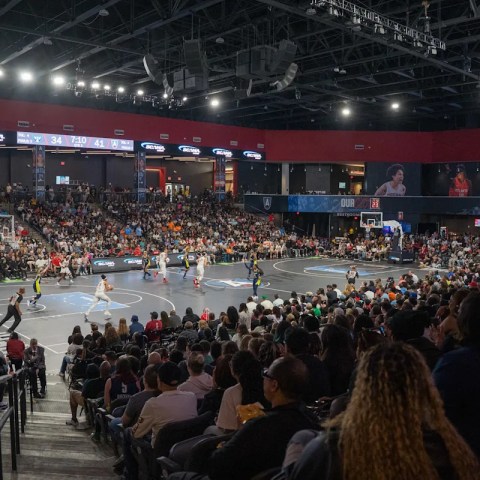Money shapes how we perceive normality. What feels like a luxury to one group can be standard for another. It’s not just about what we can buy; it’s about mindset and the ease of not worrying about costs.
As I’ve moved among different social circles, especially those with significant wealth, I’ve started to notice this divide even more. Small differences in daily lives contribute to entirely different experiences.
Here are eleven aspects of life that feel like everyday routines for the wealthy but can seem like unattainable luxuries for others:
Delegating Tasks
Wealthy individuals often hire help for daily chores. While many middle-class families might ponder if hiring someone is worth it, the affluent see it as a smart way to save time.Stress-Free Travel
For the rich, travel is about comfort. Business-class flights, 5-star accommodations, and no hidden fees. They may not travel more, but their experiences are undeniably smoother—without the usual stresses of planning.Living Space
Wealth provides space, a rare commodity today. For the wealthy, large homes with multiple rooms are the norm. This extra space contributes to a sense of tranquility that many in smaller homes often crave.Quality over Quantity
The rich prioritize durability in their purchases. Whether it’s clothing or kitchen tools, they opt for high-quality items that last, eliminating the need for frequent replacements.Preventive Healthcare
Upper-class families frequently see doctors not just when sick, but also for regular check-ups. Access to preventative care contributes to healthier, longer lives. This privilege allows them to focus on wellness, rather than just treatment.Lifelong Learning
Education doesn’t end with school for the wealthy. Many invest in continued education through courses or coaching. For middle-class families, further education often takes a backseat due to financial constraints.Privacy
The wealthy often have the means to maintain their privacy—gated communities, exclusive memberships. In contrast, most people find their personal space shrinking, leading to a longing for solitude.Flexible Schedules
Imagine being able to say “no” to obligations without worrying about money. This flexibility is something affluent individuals often protect, allowing them to prioritize their well-being.Connections
For many wealthy people, networking happens organically. They grow up with connections that can lead to job opportunities or valuable introductions. Meanwhile, others must build these networks from scratch, which can take time and effort.Cultural Exposure
Rich families frequently engage with the arts—museums, concerts, and theater are routine. This regular exposure nurtures creativity and broadens perspectives for their children in a way many middle-class families can’t afford.Crisis Management
For the affluent, unexpected expenses might be an inconvenience, while for others, they can feel like a disaster. This difference significantly alters how people maneuver through life—many wealthy individuals can make choices from a place of security, rather than fear.
Ultimately, the distinction between “normal” and “luxury” is more about habit than happiness. Recognizing these differences fosters awareness, allowing us to see that many things we label as luxuries are fundamental human needs. Understanding this perspective can lead to its own form of wealth.






















